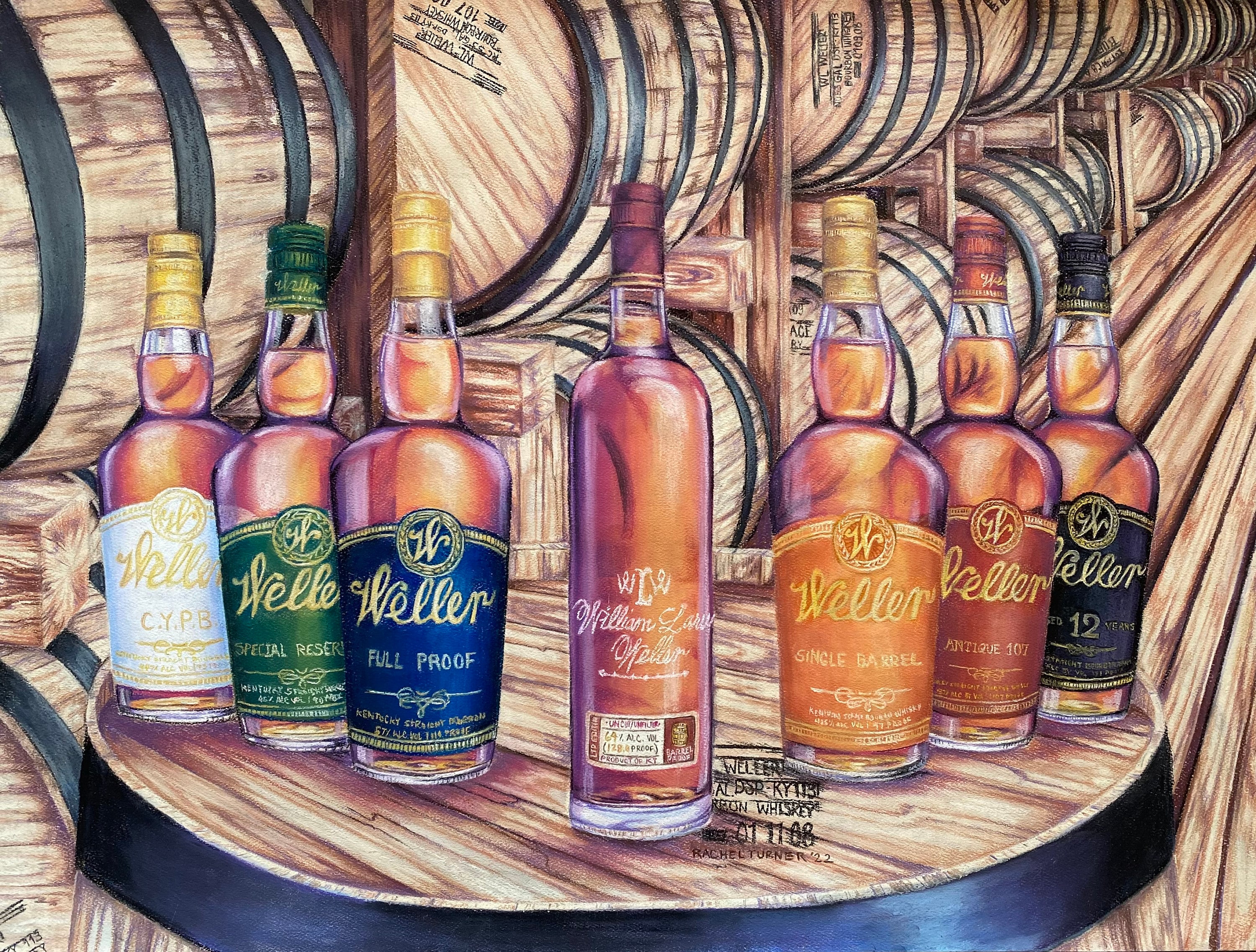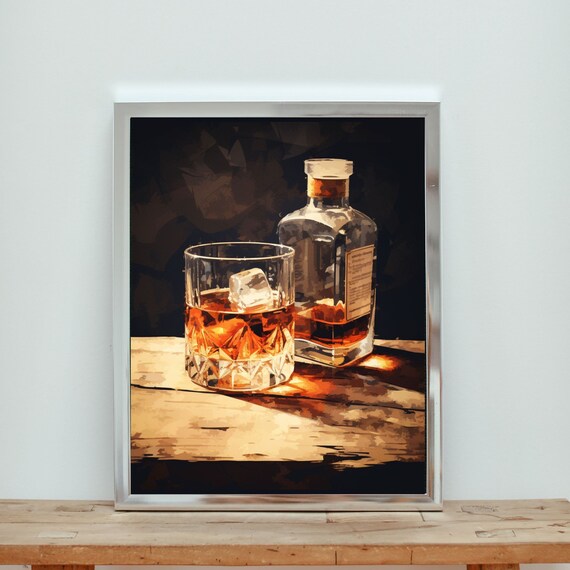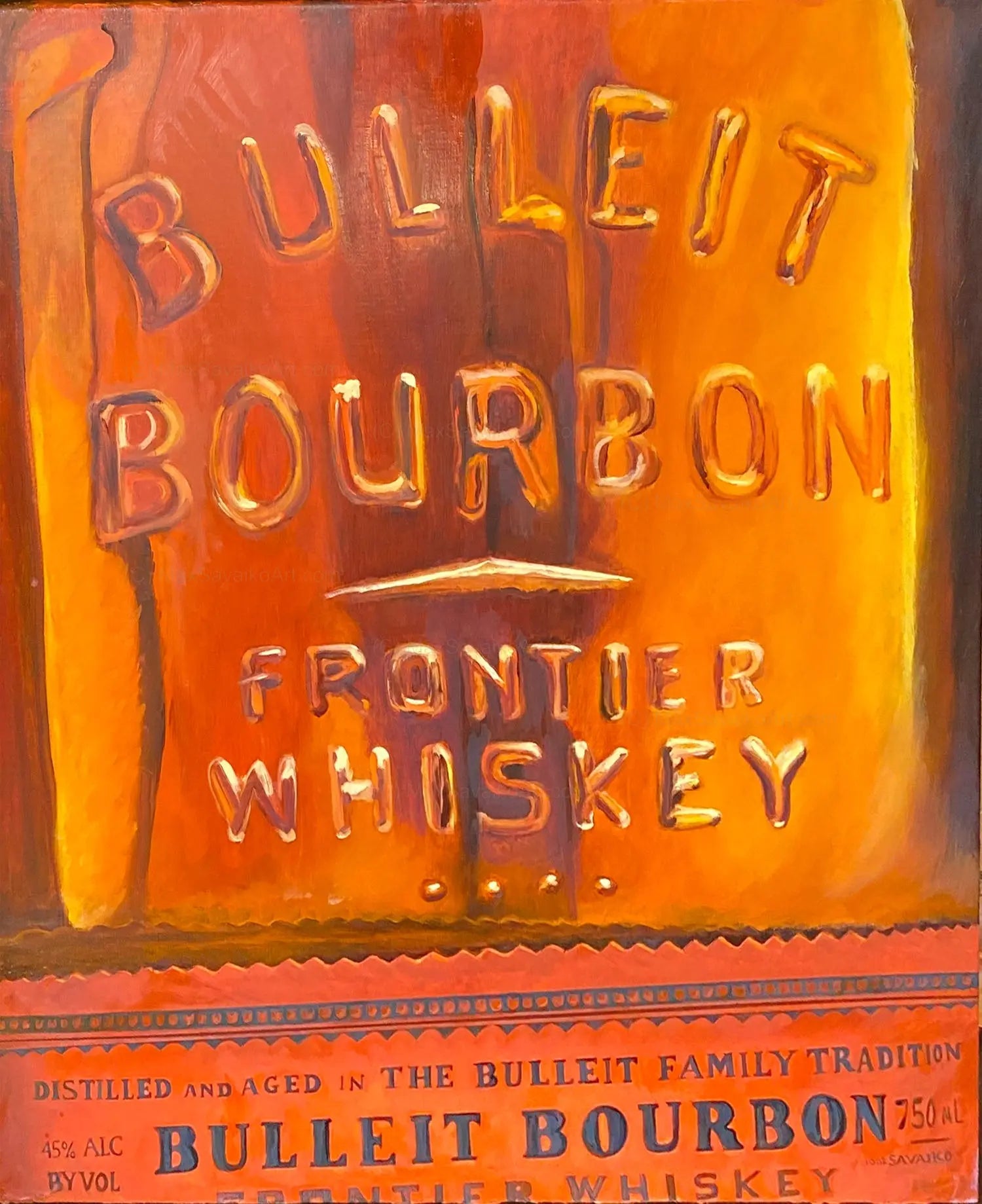Limited Edition: Discover Exclusive Bourbon Art Parts for Collectors
Limited Edition: Discover Exclusive Bourbon Art Parts for Collectors
Blog Article
The Relevance of Whiskey Art in Celebrating Heritage and Workmanship in the Beverage Sector
The intricate relationship between whiskey art and the celebration of heritage and workmanship within the beverage market can not be overstated. Through attentively made bottles and labels, bourbon brand names encapsulate their historic origins and the artisanal skills that specify their manufacturing techniques.
The Historic Origins of Whiskey
At the heart of scotch's allure lies a rich tapestry of historical roots that map back to old people. The beginnings of scotch can be connected to the purification methods of the Sumerians and Babylonians around 2000 BCE, where very early forms of fermented grain beverages started to emerge. However, it was in the Middle Ages that the art of distillation evolved significantly, specifically in Ireland and Scotland, bring about the production of bourbon as we understand it today.
The term "scotch" itself acquires from the Gaelic word "uisce beatha," suggesting "water of life." This expression highlights the social relevance of bourbon in Celtic cultures, where it was frequently connected with routines, parties, and communal bonding. By the 15th century, purification ended up being a recognized craft within monastic neighborhoods, paving the method for the facility of lawful distilleries.
As profession courses broadened, bourbon's appeal grew, going beyond local borders and capturing the rate of interest of lovers worldwide. Bourbon Art. This historical journey mirrors not just the workmanship behind whiskey production however also its integral function in social and social contexts, noting it as a considerable drink throughout history
Artistic Expression in Branding
Whiskey branding stands as a compelling crossway of virtuosity and commerce, where visual identity plays an essential function in forming customer perception. The appearances of whiskey labels, product packaging, and advertising products show not only the brand's tale yet additionally its core values and heritage. Via creative expression, distilleries communicate a story that resonates with customers, stimulating feelings and triggering connections.
Making use of color, typography, and images in branding offers to separate products in a saturated market. For instance, typical themes might evoke a feeling of authenticity and workmanship, while modern-day designs can indicate development and forward-thinking. This calculated creative instructions enhances brand name acknowledgment and commitment, permitting consumers to build an individual relationship with the scotch they select.
Moreover, creative expression in branding typically functions as a party of regional heritage. Distilleries regularly include regional symbols or historic references into their layouts, creating a local color that welcomes customers to take part in a broader cultural experience. Eventually, the artistry behind bourbon branding not just enhances visual appeal but also improves the general narrative of the brand, fostering a much deeper recognition for the workmanship and heritage ingrained in each bottle.
Craftsmanship in Container Design
The creativity noticeable in scotch branding expands past aesthetic identification to include the workmanship included in container style. Each bottle works as a vessel not simply for the spirit within, yet additionally for the tale it informs about its beginning, custom, and high quality. The layout procedure calls for careful interest to information, as aspects such as material, form, and closure contribute significantly to the general understanding of the bourbon.
Workmanship in bottle layout involves picking top quality glass that can improve the scotch's color and clearness, while likewise offering a tactile experience for the consumer. The shape of the container have to be both cosmetically enticing and useful, frequently showing the heritage of the brand. Several distilleries select special forms or embossed logo designs that stimulate a feeling of credibility and background.
Moreover, the tag design and typography navigate to these guys play an important function in communicating the brand name's narrative. Realism Art. A well-crafted container not just captivates the customer's eye but also strengthens the brand's commitment to quality and tradition. By doing this, the craftsmanship of container style ends up being a vital element of the bourbon experience, merging creativity with an extensive respect for heritage
Cultural Relevance of Whiskey Art
Celebrating custom and craftsmanship, the cultural relevance of whiskey art transcends plain appearances, linking with the historical and social narratives of the areas from which it comes from. Each bottle works as a canvas, showing the special stories, folklore, and practices that have shaped neighborhood whiskey-making methods. The detailed layouts typically show the heritage of the distillers, integrating symbols and motifs that resonate with the culture and values of their neighborhoods.

On top of that, scotch art plays a vital role in public gatherings and parties, offering as a concrete web link in between individuals and their shared experiences. By valuing the artistry in whiskey product packaging, consumers grow a deeper understanding and respect for the craft, ultimately improving their pleasure of the beverage itself.
Modern Trends in Bourbon Presentation
In recent times, the presentation of scotch has evolved to mirror contemporary preferences and trends while still recognizing typical craftsmanship - Realism Art. Distilleries are progressively focusing on visual components that boost the general alcohol consumption experience, bridging the space in between heritage and modernity
Cutting-edge container designs have actually arised, frequently integrating sustainable materials and artistic labels that inform compelling stories. Numerous brand names now work together with local musicians, instilling their items with special visual expressions that reverberate with consumers. Furthermore, limited-edition launches are commonly packaged in collectible containers, adding worth and allure for aficionados.

Verdict
To conclude, bourbon art acts as an essential conduit for expressing the heritage and craftsmanship fundamental in the beverage market. Through intricate branding, cutting-edge bottle layouts, and culturally considerable artistic aspects, scotch brand names properly recognize their customs and attach with consumers. This imaginative narrative not just raises the recognition of bourbon but also strengthens community identification and satisfaction among producers. Eventually, whiskey art plays a necessary function in preserving and celebrating the rich social tapestry of whiskey-making.


Workmanship in container layout includes selecting top notch glass that can improve the scotch's shade and clarity, while also supplying a responsive experience for the customer. In this way, the craftsmanship of container style ends up being a vital element of the whiskey experience, combining creativity with a profound respect for heritage.
In verdict, whiskey art serves as an essential conduit for revealing the heritage and craftsmanship fundamental in the drink industry.
Report this page